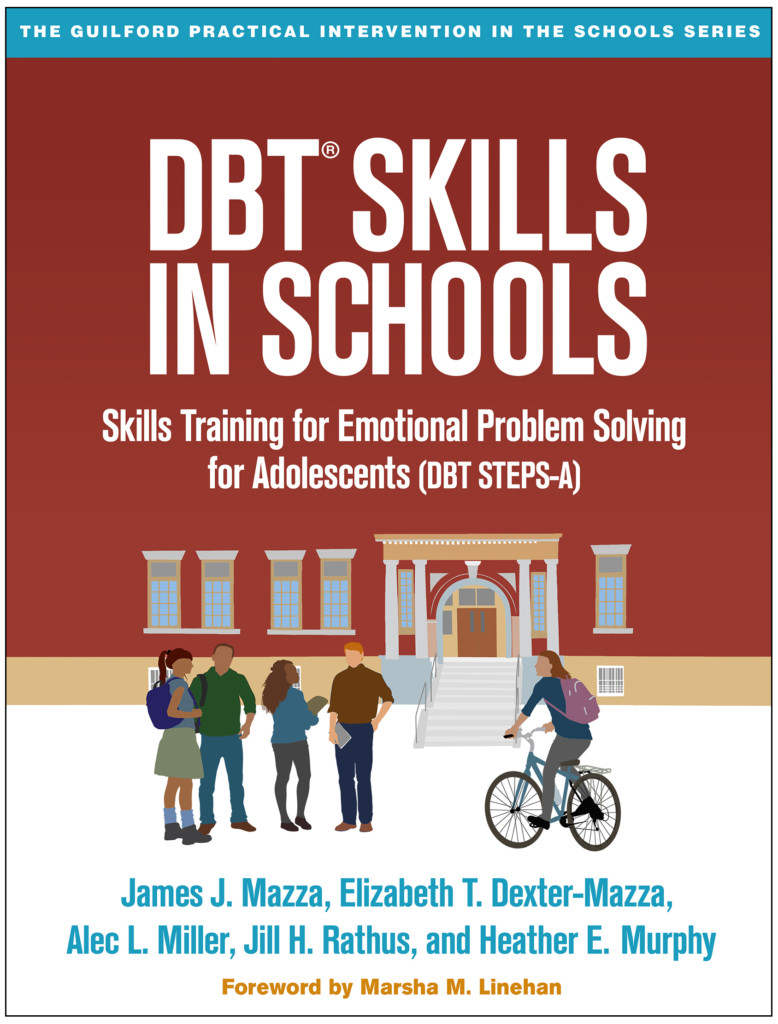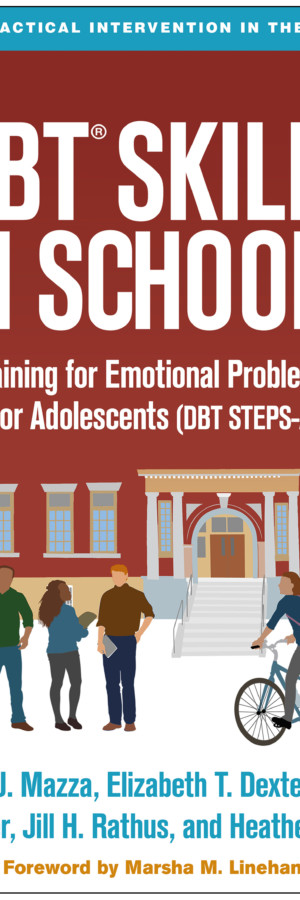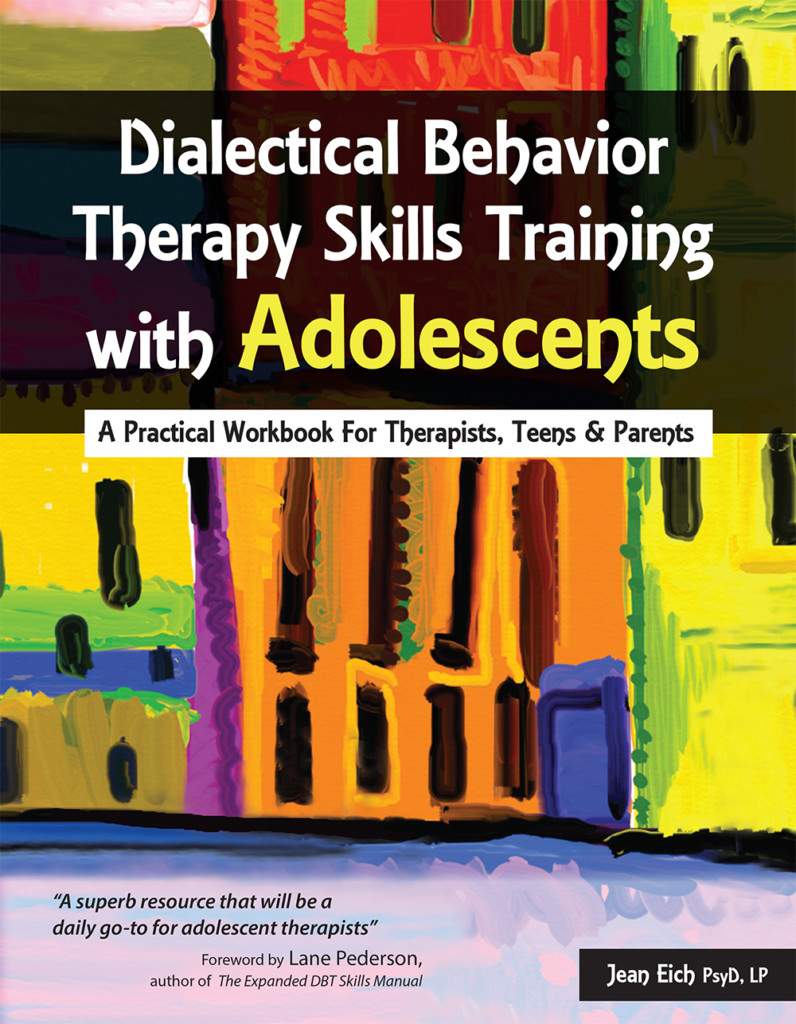This book includes exercises and worksheets that will help adolescents in grades 6 through 12 learn skills drawn from a special technique called dialectical behavior therapy (DBT).
DBT skills can help people with bipolar disorder recognize and respond to emotional triggers, create a crisis plan and find support, get a handle on addictive behavior, and improve their relationships with friends and family.
Working through this book will help teens:
• Recognize and respond to their emotional triggers
• Create a crisis plan and find support
• Get a handle on addictive behavior
• Maintain friendships and get along with their family
Praise
“The Bipolar Workbook for Teens offers potent support for youth struggling with bipolar disorder, empowering them with knowledge and practical tools for their journey towards self-acceptance and self-knowledge.” – Shirley Eyles, mental health nurse, certified Theraplay therapies in private practice and coauthor of Applications of Family and Group Theraplay
“This is an excellent, easy-to-read workbook for teens suffering from bipolar disorder. Teens will identify with the client scenarios shared in this book. It presents a straight forward approach to gaining knowledge about the illness, learning the tools to help overcome symptoms, and practicing exercises to establish new thought patterns and behaviors. Used in conjunction with medication, the knowledge and exercises in this book will help teens prevent deterioration, take control of the symptoms of bipolar disorder, and optimize their quality of life.” – Linda Jeffrey, RN, cognitive behavior therapist in private practice and manager of Crisis Services of the Canadian Mental Health Association, Simcoe County Branch




